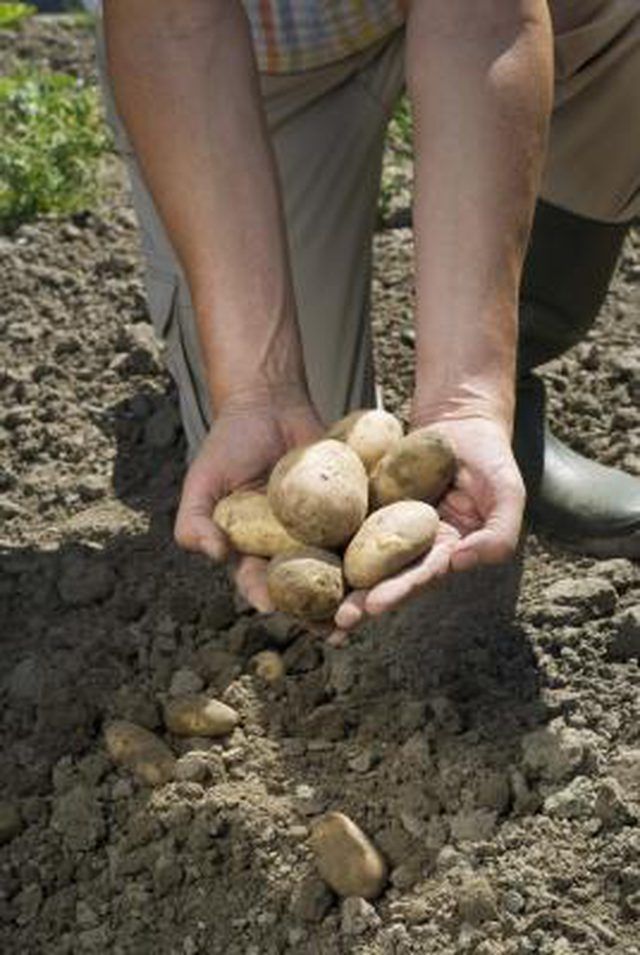Bulbs
Flower Basics
Flower Beds & Specialty Gardens
Flower Garden
Garden Furniture
Garden Gnomes
Garden Seeds
Garden Sheds
Garden Statues
Garden Tools & Supplies
Gardening Basics
Green & Organic
Groundcovers & Vines
Growing Annuals
Growing Basil
Growing Beans
Growing Berries
Growing Blueberries
Growing Cactus
Growing Corn
Growing Cotton
Growing Edibles
Growing Flowers
Growing Garlic
Growing Grapes
Growing Grass
Growing Herbs
Growing Jasmine
Growing Mint
Growing Mushrooms
Orchids
Growing Peanuts
Growing Perennials
Growing Plants
Growing Rosemary
Growing Roses
Growing Strawberries
Growing Sunflowers
Growing Thyme
Growing Tomatoes
Growing Tulips
Growing Vegetables
Herb Basics
Herb Garden
Indoor Growing
Landscaping Basics
Landscaping Patios
Landscaping Plants
Landscaping Shrubs
Landscaping Trees
Landscaping Walks & Pathways
Lawn Basics
Lawn Maintenance
Lawn Mowers
Lawn Ornaments
Lawn Planting
Lawn Tools
Outdoor Growing
Overall Landscape Planning
Pests, Weeds & Problems
Plant Basics
Rock Garden
Rose Garden
Shrubs
Soil
Specialty Gardens
Trees
Vegetable Garden
Yard Maintenance
What Is the Best Climate for Planting Potatoes?
What Is the Best Climate for Planting Potatoes?. Potatoes are a cool-season root vegetable used as a staple food in just about every culture. There are more than 100 potato varieties and most do best when planted early.

Potatoes are a cool-season root vegetable used as a staple food in just about every culture. There are more than 100 potato varieties and most do best when planted early.
Time Frame
Plant potatoes after the last spring frost date in your region, as soon as soil is workable. This can be as early as April or May in most Northern regions. In Southern regions that experience high summer temperatures, potatoes do better as a winter crop.
Climate
Potatoes grow best in relatively cool weather with daytime temperatures in the mid-60s and nighttime temperatures above 55 degrees Fahrenheit. Temperatures in the 90s can decrease yield, and temperatures above 95 degrees Fahrenheit may kill plants. Soil temperatures should fall between 60 and 70 degrees Fahrenheit, which can be verified with a meat thermometer probe, and mulch can help to maintain soil moisture and temperature.
Features
Seed potatoes are whole potatoes designated for use in growing new plants. Small seed potatoes may be planted whole, while larger ones can be cut into smaller chunks as long as each chunk contains an eye root.
Process
Although potatoes grow underground, seed potatoes do not need to be planted deep. Bury seed potatoes 12 inches apart under about 3 inches of soil, but leave at least 2 feet between rows so the root systems can spread out underground. Pull soil into a hill to ensure roots are adequately covered to avoid sunburned potatoes. Water consistently to keep soil moist and loose.
Fun Fact
Idaho produces more potatoes than any other state in the U.S. -- nearly one-third of all potatoes grown in the country. California, Maine and Washington are also leading producers. The cool, humid climates in these states are ideal for growing and storing the vegetable.